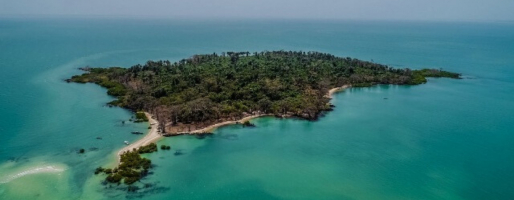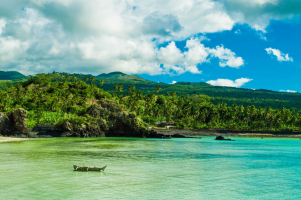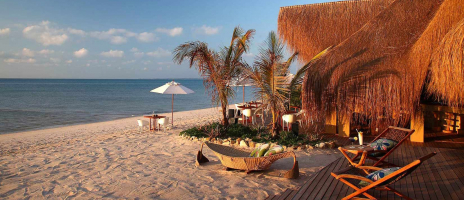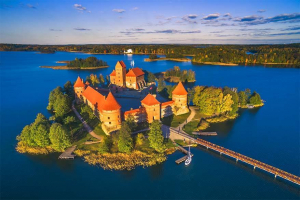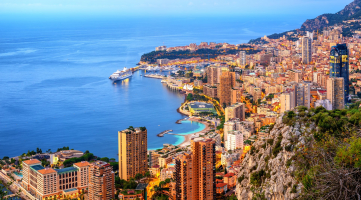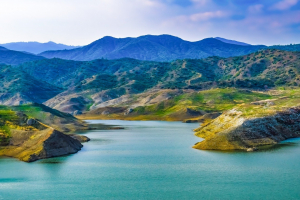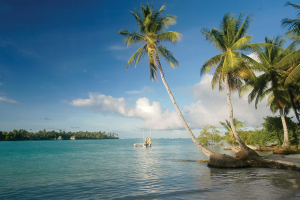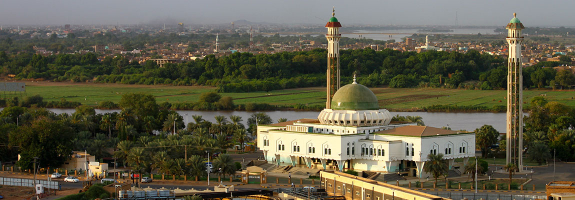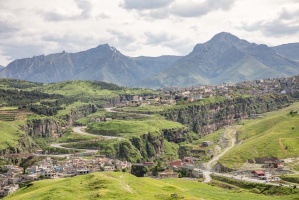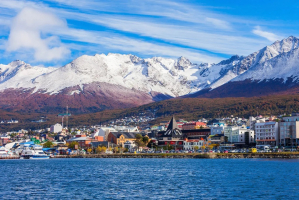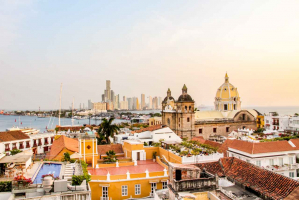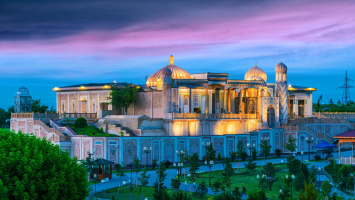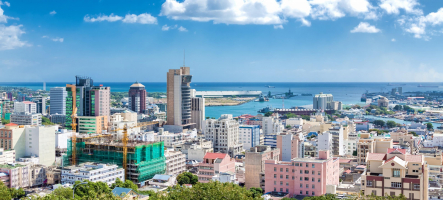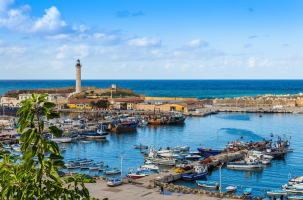Top 12 Things to Know Before Traveling to Spain
Spain is one of Europe's most culturally rich countries, with mouthwatering food, ancient sites, and stunning landscapes - but there are some travel tips you ... read more...should know before you go. This is a list of the things to know before traveling to Spain that Toplist has compiled for you!
-
One of the things to know before traveling to Spain is the beauty of this country. People always say that Spain is one of the countries that have stunning and breathtaking landscapes that everyone should visit at least once! For more detailed information about this, Spain is full of stunning, unspoiled natural landscapes, many of which are still relatively unknown. Natural wonders abound in this country, which include lush forests, dry deserts, volcanoes, lakes, and towering mountains.
Moreover, Spain has some of the most spectacular views in Europe, if not the entire world. While you may be familiar with some of Spain's most famous landscapes, there is still so much more to see. The Spanish landscapes are truly diverse, not just home to beaches, but also to stunning rivers and unique rock formations. The Iberian Peninsula is full of stunning natural landscapes just waiting to be discovered. Barcelona, Madrid, Granada, Valencia, San Sebastian, Bilbao, Ibiza, and the islands are among the best places to visit in Spain.
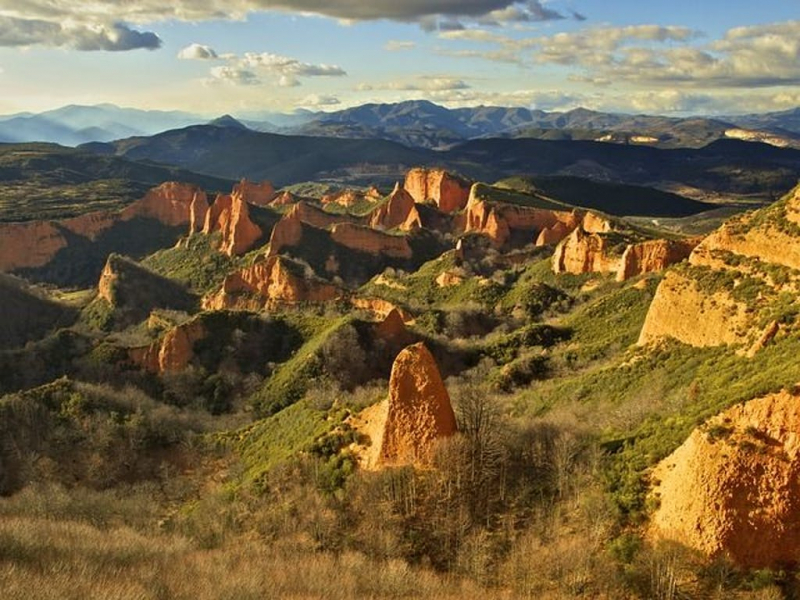
Photo: tripspi.com 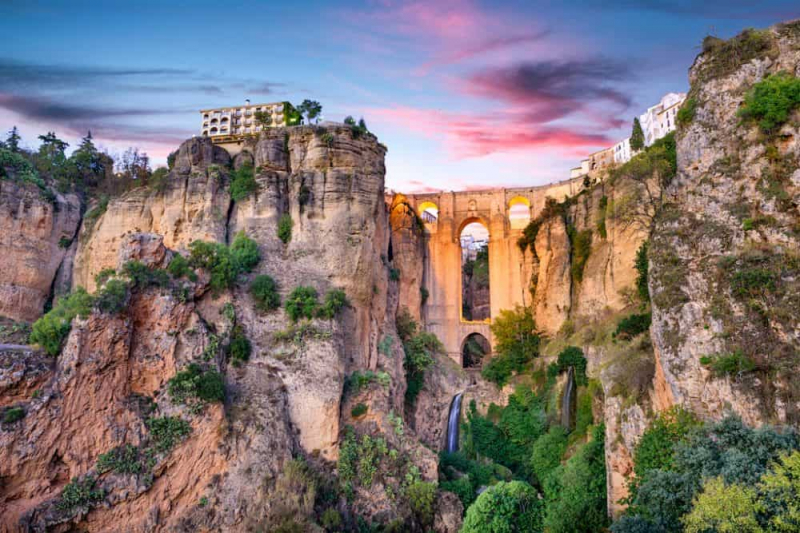
Photo: globalgrasshopper.com -
One of the things to know before traveling to Spain that Toplist has compiled for you is that "Spain is a large country". What constitutes a large country is probably subjective, but it would be a mistake to believe that you can see all of Spain in one go. Spain's landmass is just under 506,000 km2, and driving from top to bottom would take more than ten hours. For more detailed information, Spain is the largest country in Southern Europe, the second-largest country in Western Europe and the European Union, and the fourth-largest country by area on the European continent, with a total area of 505,990 km2 (195,360 sq mi).
As a result, you are recommended to focus your trip on a few regions and cover them as thoroughly as possible. You should have a plan about where to go before you travel to Spain to ensure that you will not get lost in this large country!
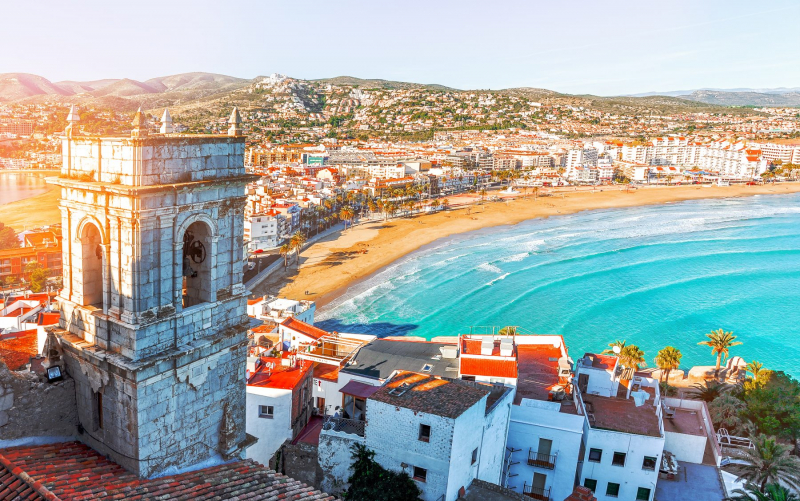
Photo: expatica.com 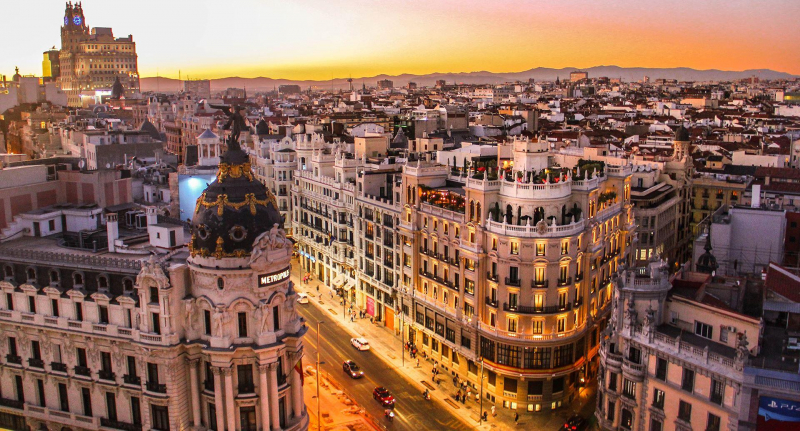
Photo: universaleduhub.com -
Though you should definitely visit the mainland during your trip to Spain, Toplist would also recommend including a couple of islands. Spain's islands, in addition to the beauty, culture, and history of the mainland, provide a completely different vacation experience for you. Especially, for their natural wonders, lavishness, and rejuvenation, the Spanish Islands are regarded as some of the best places to visit in the world. Spain's Canary, Balearic, and Atlantic islands are wonderfully diverse destinations, each with its own unique attractions and appeal.
Mallorca, Ibiza (famous for partying), Tenerife, Lanzarote, Formentera, Menorca, La Palma, and Fuerteventura are some of the most breathtaking islands in Spain, depending on your travel style. Beach vacations, stunning landscapes, and water activities are especially popular in these areas. Therefore, when visiting any of Spain's islands, make sure to get off the beach and away from the resort areas to experience the island's true local culture and natural beauty!
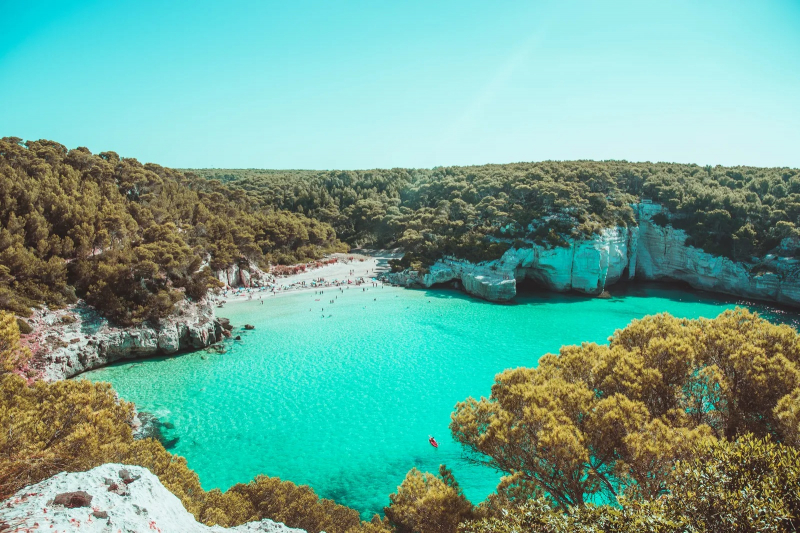
Photo: vogue.fr 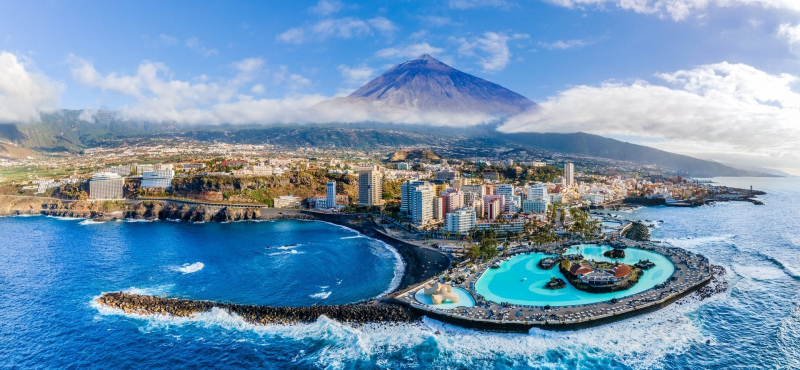
Photo: celebritycruises.com -
One of the things to know before traveling to Spain is about mountains. Spain has eleven distinct mountain ranges that stretch from the Atlantic to the Mediterranean, including the well-known Pyrenees, Sierra Nevada, Montserrat, Picos de Europa, and Sistema de Gredos. As a result, Spain has a distinct alpine culture, which is reflected in its climate.
At 3479 meters above sea level, the Sierra Nevada Mountain Range in the Spanish region of Andalusia is home to the country's highest point. The Sierra Nevada provides a stark alpine contrast to much of Andalusia and the Costa del Sol. The road to Pico de Veleta, the village of Capileira, ski resorts, and hiking trails are all located here. In the north of the country, there is even a coastal mountain range where you can ski and surf on the same day. Therefore, if you enjoy mountain life, whether for winter sports or adventure hikes, Spain has some truly spectacular mountain ranges to discover that you should not miss!
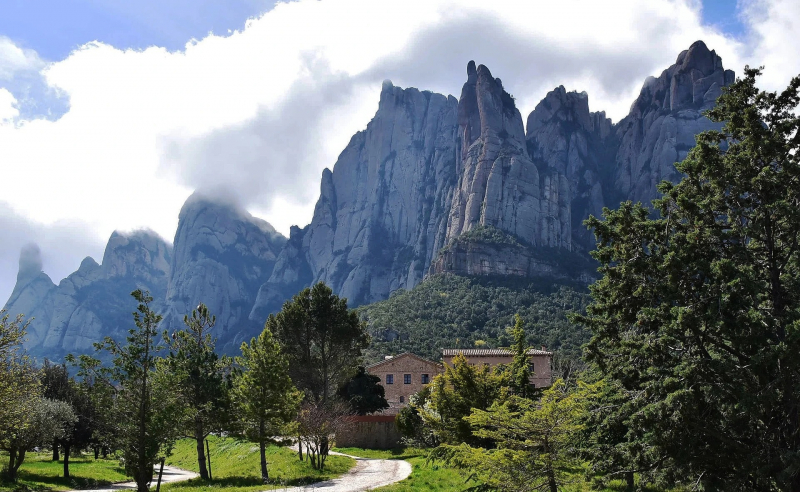
Photo: theculturetrip.com 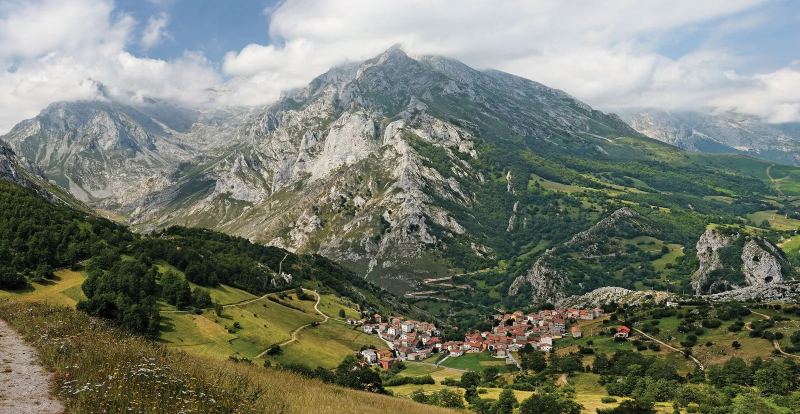
Photo: britannica.com -
The best time to visit Spain is determined in part by where you want to go in the country and in large part by your personal preferences. The best months to visit Spain, or at least most of the country, are March through early June and early September through mid-November. In a nutshell, spring and fall are the best time that you should remember. The reason is that the weather is pleasant at this time of year, and the country is less crowded with tourists.
The high season, which runs roughly from mid-June to the end of August, is when the most popular destinations in Spain become extremely crowded and hotel prices skyrocket. If you want perfect beach weather, however, the high season is still the best time to visit Spain. And because the north of Spain can be quite chilly in the spring and fall, you might want to put up with the crowds and higher prices just to get the best weather. In addition, winter sports enthusiasts should visit between January and March, though skiing in the Sierra Nevada is occasionally possible until early June!
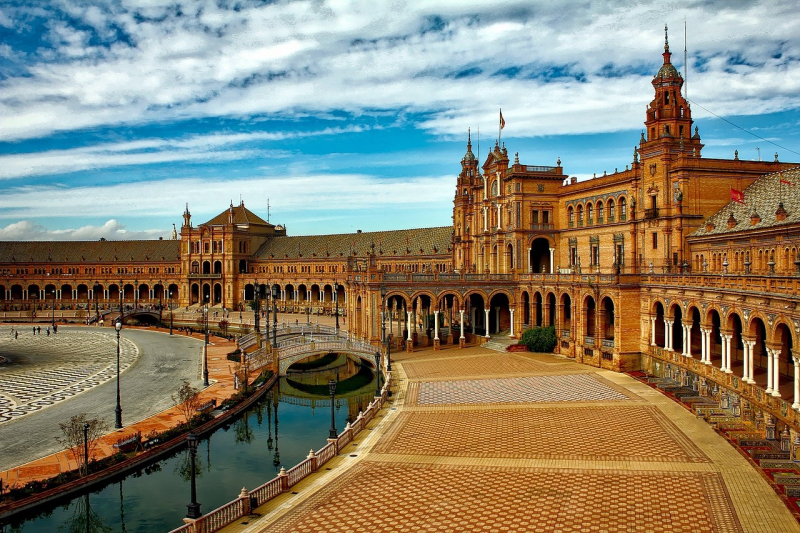
Photo: medium.com 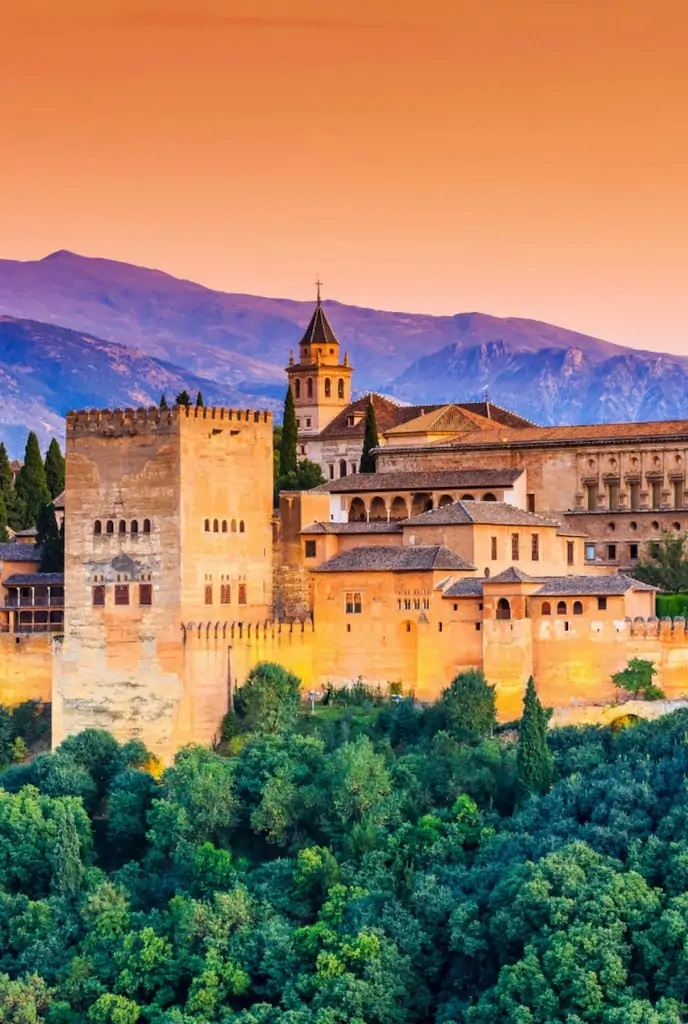
Photo: tosomeplacenew.com -
The climate in Spain is extremely varied, which is the next thing you should know before traveling to Spain. Because Spain is a large country, depending on where you plan to visit in Spain, you should be prepared for specific weather patterns. Spain is located in the temperate zone, and its climate is influenced by its geographical location, continental landmass, and high mountainous terrain. This results in one of Europe's most diverse and varied climates.
In general, Spain has three distinct climate zones (although these are often categorized into 13 sub-climates). Though the majority of the country is the Mediterranean in climate, with hot, dry summers and rainy winters, it also has continental and oceanic zones. The northern Basque country receives a lot of snow in the winter, whereas the oceanic Pyrenees and Asturia regions have mild winters and warm (but not hot) summers. This is actually one of the important things to know before traveling to this beautiful country!
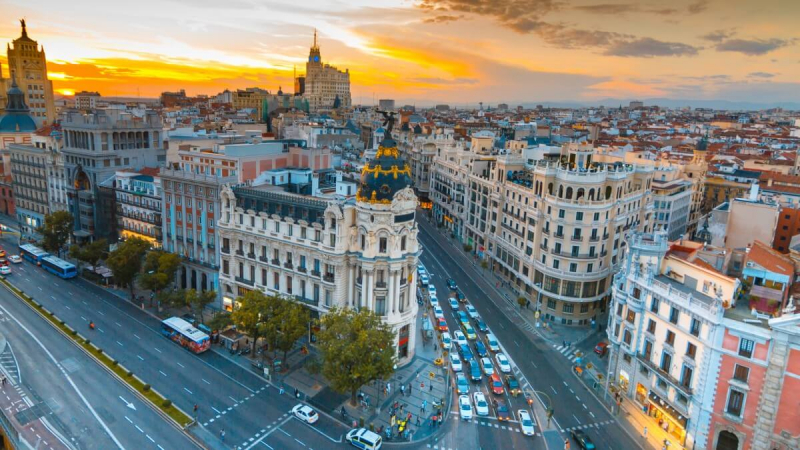
Photo: schengenvisainfo.com 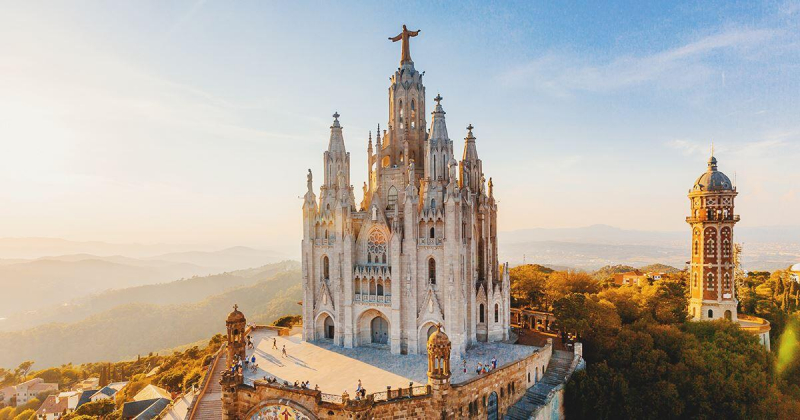
Photo: flytap.com -
One of the most important Spain travel tips that Toplist would like to share with you is to book your tickets for attractions and activities in advance, regardless of the season. That means you need to book tickets for attractions in advance. The reason is that, even if you think visiting Spain in the off-season is a good idea, many attractions need to be booked up well in advance. For example, tickets to Granada's renowned Alhambra frequently sell out months in advance, which can be a major inconvenience if you are traveling on the spur of the moment.
Furthermore, the most popular restaurants in cities such as Barcelona and Madrid require reservations and are frequently packed. You can certainly leave some room for spontaneity on your trip, but you will be much happier if you visit Spain with the big-ticket items pre-booked. This is actually one of the things to know before traveling to Spain that you should remember!

Photo: staralliance.com 
Photo: sendmybag.com -
If you are visiting Spain for the first time, you will be relieved to learn that public transportation is widely available, timely, and simple to use. Buses, trains, planes, and rideshare companies are among the public transportation options. Spain's buses and trains are new, clean, and punctual, but if you are traveling a long distance, you should also consider flying. Flights between major cities like Barcelona and San Sebastian are frequently found to be even cheaper than ground transportation.
Keep in mind that when purchasing a public transportation ticket in Spain, your seat number is frequently printed on the ticket. In Europe, people don't just sit wherever they want on buses, so make sure you take your assigned seat. While public transportation in and between cities is adequate, you will need to rent a car to visit smaller towns or explore the countryside. It is recommended that you rent a smaller car because the streets and parking spaces in Spanish cities and towns can be quite narrow!
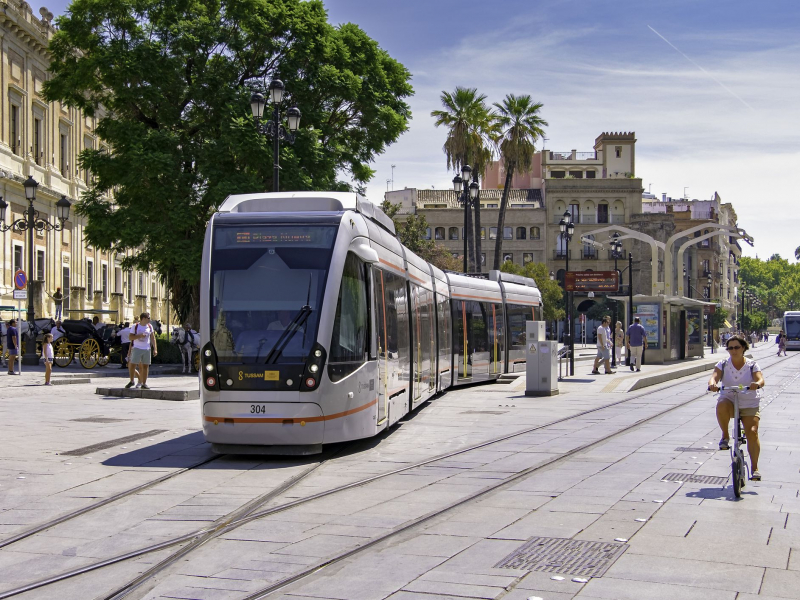
Photo: tripsavvy.com 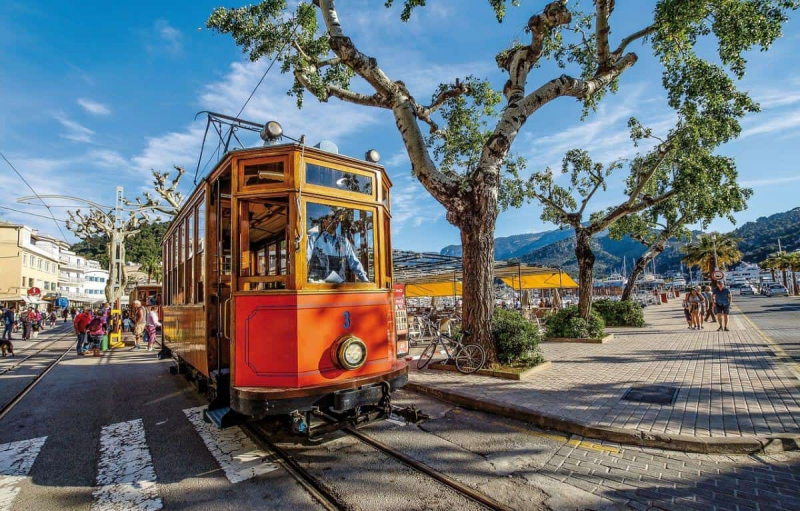
Photo: prettywildworld.com -
This is one of the most frequently asked questions about Spain, and the answer is highly subjective. Of course, depending on your interests and needs, these costs may increase. Families with an active itinerary, for example, may end up spending a little more. If you want to spend your money on Barcelona nightlife or Michelin-starred dining in the Basque Country, the sky is the limit. However, if you enjoy aimless wandering, lazy afternoons on a terrace, and the occasional tapa, Spain can be a reasonably priced vacation destination.
Overall, Spain has a reputation for being on the higher end of the price spectrum. It is possible to visit Spain on a shoestring budget, but expect prices to be comparable to those in Western Europe. Another thing related to the cost of a trip to Spain is the time you choose to travel. June and July are considered high seasons, therefore, traveling to Spain at this time is much more expensive, while February is the cheapest month to fly to Spain.
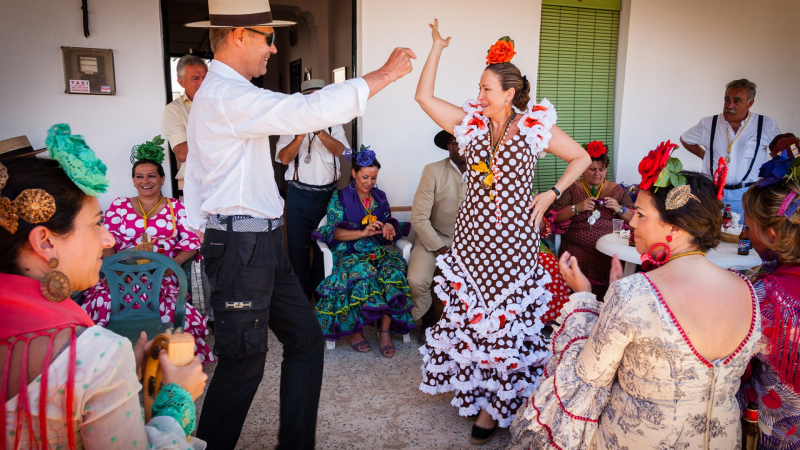
Photo: expatica.com 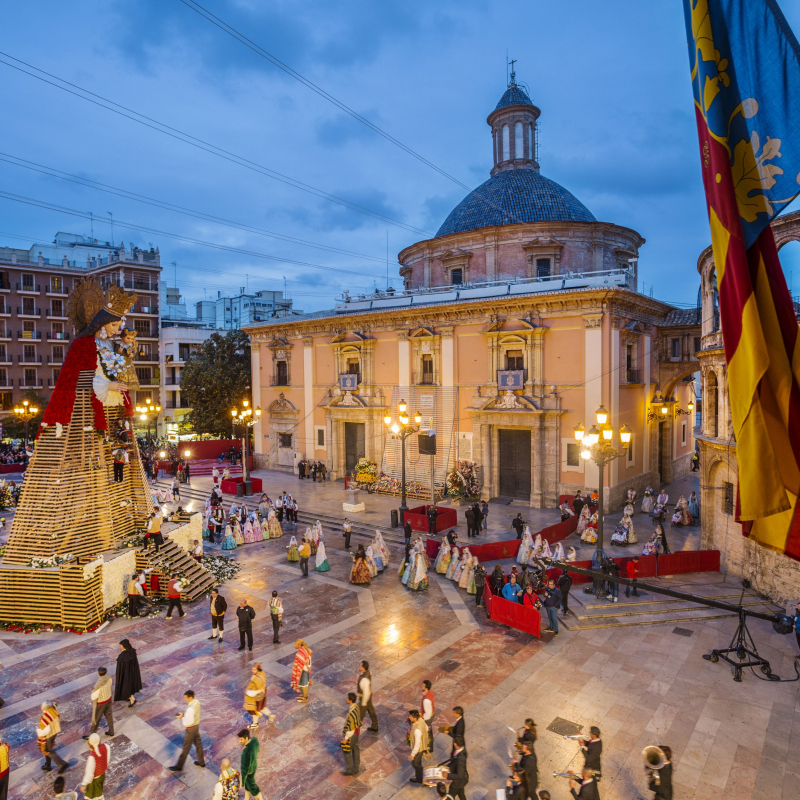
Photo: tripsavvy.com -
Most North Americans are taken aback when they learn that Spaniards eat dinner between 9 and 10 p.m. In fact, the Spaniards eat their dinners late, about 10 p.m. or even 11 p.m., especially in the summer. Breakfast is not a big deal in Spain (it is usually very light), lunch is around 3-4 p.m., and dinner is when the Spaniards really show off.
Most restaurants don't serve food until after 8 p.m., which is useful to know before you start making plans for your day. In addition, between lunch and dinner, many restaurants that are open all day close their kitchens for a few hours, making it difficult to find a place to eat between 4 and 8 p.m. Dinner can easily last several hours, with wine flowing and multiple courses being served. Not to mention that in Spain, meals are often as much about the people as they are about the food, which can make for fantastic gatherings.
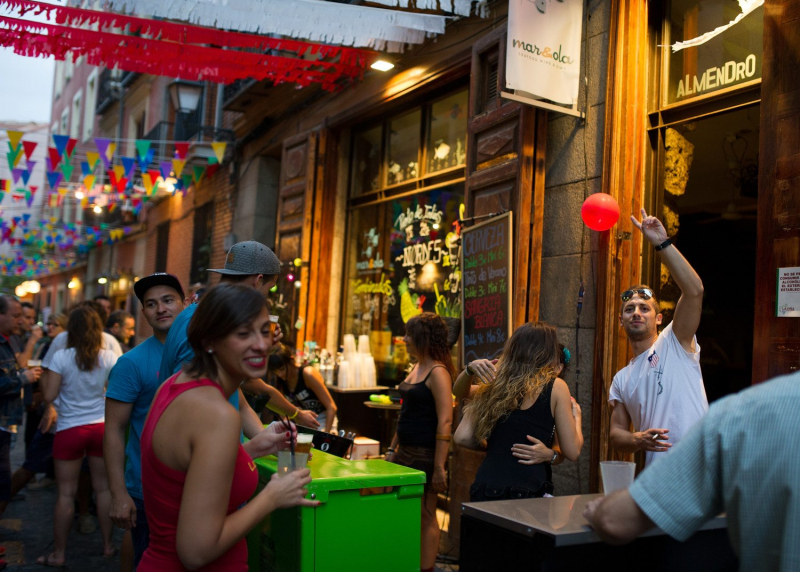
Photo: simplemost.com 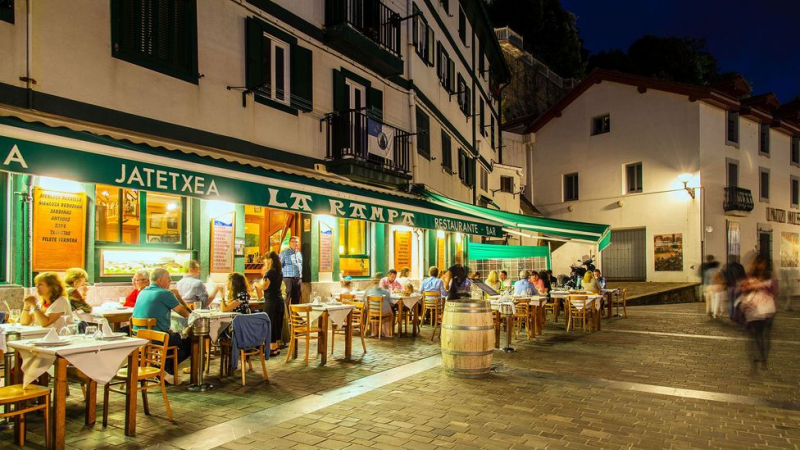
Photo: bbc.com -
There are many delicious foods to try in Spain. Each city and region has its own specialties, and on this article, Toplist will introduce to you Paella, one of the things to try when visiting this country.
Paella is actually one of the specialties that you should try when visiting Spain. Paella's origins can be traced back to the area around Valencia, Spain, near the Albufera Lagoon, where fishing and rice farming coexisted for centuries. Paella is a popular Spanish rice dish that is often served in large batches on large, round paella plates (as seen above) and piled high with meat and seafood. While you can now get a hearty, satisfying plate of paella almost anywhere in Spain, the dish originated in Valencia. The original recipe calls for rabbit meat, but today's version includes seafood. Paella comes in a variety of flavors, such as the Arroz Marinero Gallego from Galicia, which uses only mussels and no meat.
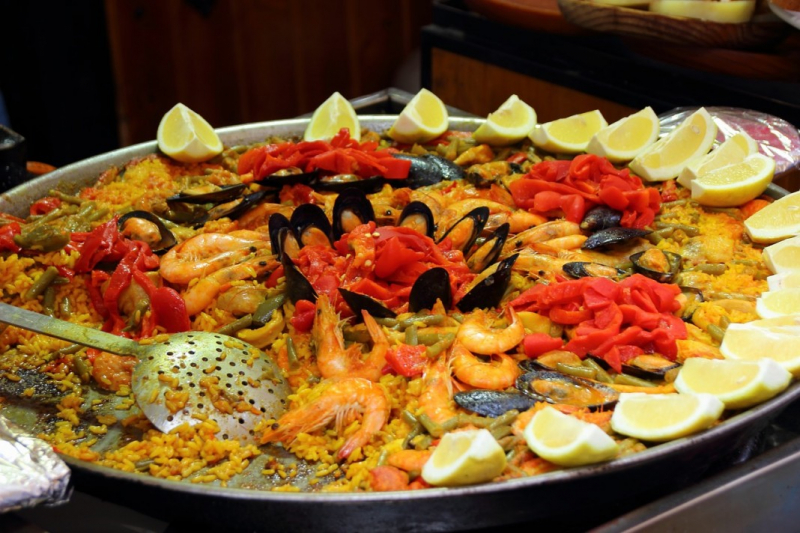
Photo: simplyrecipes.com 
Photo: savoredjourneys.com -
In Spain, numerous festivals are held to commemorate the passing of religious figures significant to Spanish culture. Many more are held throughout the year to commemorate significant events. The La Tomatina festival is one of the most famous traditional festivals in Spain that you should take part in. It takes place on the last Wednesday of August. This event takes place in the small town of Buñol, which is about 40 kilometers west of Valencia, Spain's most beautiful city.
It is estimated that up to 10,000 people attend each year! The festival begins in the early morning hours, around 9 a.m. People scramble to get to a large hunk of ham hoisted up on a tall pole in the town square. Everyone will throw tomatoes at each other for an hour, covering the entire area in the puree. At 12 p.m., a second cannon blasts, signaling the end of the festivities and sending the revelers home to clean up.
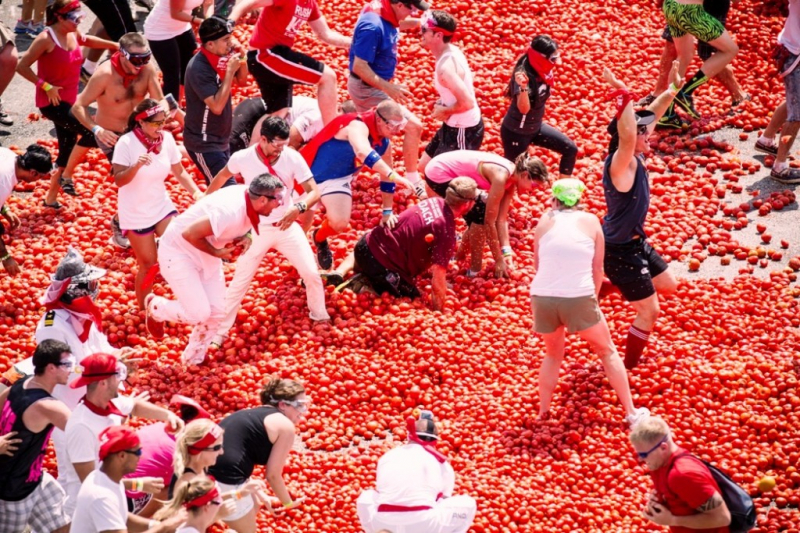
Photo: barcelona-home.com 
Photo: thetejanaabroad.com














